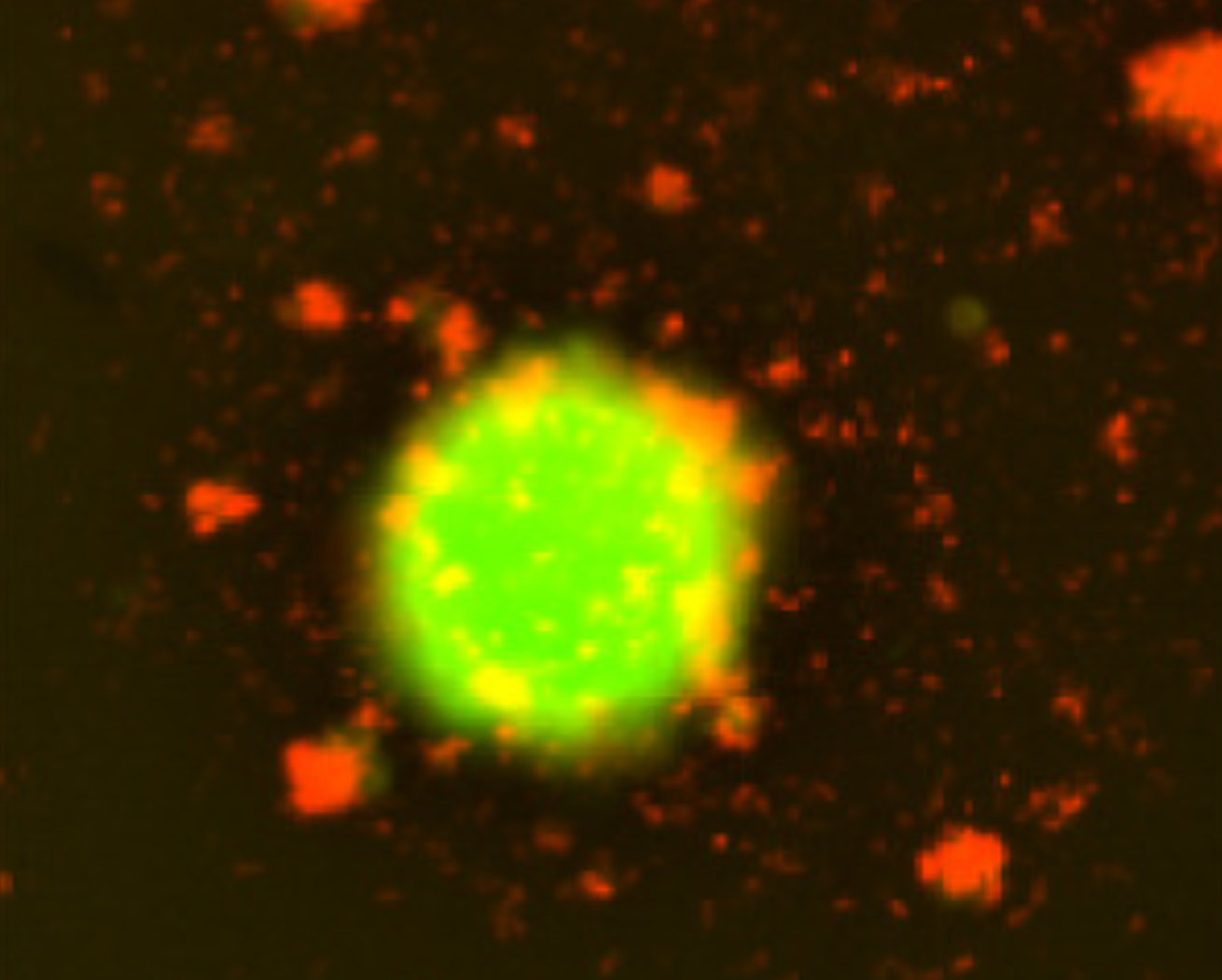This one activity is critical to extended life and a healthy brain
Six minutes of high-intensity exercise could extend the lifespan of a healthy brain and delay the onset of neurodegenerative disorders

[Feb. 14, 2023: Julia Turan, The Physiological Society]
Six minutes of high-intensity exercise could extend the lifespan of a healthy brain and delay the onset of neurodegenerative disorders. (CREDIT: Shutterstock)
Six minutes of high-intensity exercise could extend the lifespan of a healthy brain and delay the onset of neurodegenerative disorders, such as Alzheimer's disease and Parkinson's disease. New research published in The Journal of Physiology shows that a short but intense bout of cycling increases the production of a specialised protein that is essential for brain formation, learning and memory, and could protect the brain from age-related cognitive decline.
This insight on exercise is part of the drive to develop accessible, equitable and affordable non-pharmacological approaches that anyone can adopt to promote healthy ageing.
The specialised protein named brain-derived neurotrophic factor (BDNF) promotes neuroplasticity (the ability of the brain to form new connections and pathways) and the survival of neurons. Animal studies have shown that increasing the availability of BDNF encourages the formation and storage of memories, enhances learning and overall boosts cognitive performance.
These key roles and its apparent neuroprotective qualities have led to the interest in BDNF for ageing research.
Related Stories
Lead author Travis Gibbons from University of Otago, New Zealand said, “BDNF has shown great promise in animal models, but pharmaceutical interventions have thus far failed to safely harness the protective power of BDNF in humans. We saw the need to explore non-pharmacological approaches that can preserve the brain’s capacity which humans can use to naturally increase BDNF to help with healthy ageing.”
To tease apart the influence of fasting and exercise on BDNF production the researchers, from the University of Otago, New Zealand, compared the following factors to study the isolated and interactive effects.
The factors include:
Fasting for 20 hours,
Light exercise (90-minute low intensity cycling),
High-intensity exercise (six-minute bout of vigorous cycling),
Combined fasting and exercise.
They found that brief but vigorous exercise was the most efficient way to increase BDNF compared to one day of fasting with or without a lengthy session of light exercise. BDNF increased by four to five-fold (396 pg L-1 to 1170 pg L-1) more compared to fasting (no change in BDNF concentration) or prolonged activity (slight increase in BDNF concentration, 336 pg L-1 to 390 pg L-1).
The cause for these differences is not yet known and more research is needed to understand the mechanisms involved. One hypothesis is related to the cerebral substrate switch and glucose metabolism, the brain’s primary fuel source.
The cerebral substrate switch is when the brain switches its favoured fuel source for another to ensure the body’s energy demands are met, for example metabolising lactate rather than glucose during exercise. The brain’s transition from consuming glucose to lactate initiates pathways that result in elevated levels of BDNF in the blood.
The observed increase in BDNF during exercise could be due to the increased number of platelets (the smallest blood cell) which store large amounts of BDNF. The concentration of platelets circulating in the blood is more heavily influenced by exercise than fasting and increases by 20%.
Intermittent fasting and exercise provide neuroprotection from age-related cognitive decline. (CREDIT: The Journal of Physiology)
12 physically active participants (six males, six females aged between 18 and 56 years) took part in the study. The balanced ratio of male and female participants was to provide a better representation of the population rather than indicate sex differences.
Further research is underway to delve deeper into the effects of calorie restriction and exercise to distinguish the influence on BDNF and the cognitive benefits.
Haematological responses to fasting for 20 h while at rest, during light cycling exercise for 30 and 90 min, and after 6 min of high-intensity cycling intervals. (CREDIT: The Journal of Physiology)
Travis Gibbons said, “We are now studying how fasting for longer durations, for example up to three days, influences BDNF. We are curious whether exercising hard at the start of a fast accelerates the beneficial effects of fasting. Fasting and exercise are rarely studied together. We think fasting and exercise can be used in conjunction to optimise BDNF production in the human brain.”
Conclusion
BDNF responses to low-intensity exercise are driven primarily by increased circulating platelet concentration, and our data reveal that increasing exercise duration, and to a greater extent, intensity, is required to liberate free, unbound BDNF in circulation. These findings have implications for guiding future measurement and interpretation of BDNF responses to exercise as researchers strive to develop non-pharmacological BDNF-mediated prevention of cognitive decline. Furthermore, the source of the free BDNF is unlikely to be the cerebral endothelium, but rather via a net release from platelets, or from the brain itself.
Note: Materials provided by The Physiological Society. Content may be edited for style and length.
Like these kind of feel good stories? Get the Brighter Side of News' newsletter.
Joseph Shavit
Head Science News Writer | Communicating Innovation & Discovery
Based in Los Angeles, Joseph Shavit is an accomplished science journalist, head science news writer and co-founder at The Brighter Side of News, where he translates cutting-edge discoveries into compelling stories for a broad audience. With a strong background spanning science, business, product management, media leadership, and entrepreneurship, Joseph brings a unique perspective to science communication. His expertise allows him to uncover the intersection of technological advancements and market potential, shedding light on how groundbreaking research evolves into transformative products and industries.



